Hydraulic systems play an essential role in the efficient operation of dump trailers, enabling straightforward lifting and unloading of materials. This article outlines various methods, components, and best practices for powering hydraulic systems on dump trailers, ensuring optimal performance and reliability.
Understanding Hydraulic Systems in Dump Trailers
Before diving into the specifics, it’s vital to comprehend how hydraulic systems work in dump trailers. The fundamental principle is based on Pascal’s Law, which states that pressure applied to a confined fluid is transmitted undiminished throughout the fluid. This enables hydraulic systems to perform heavy lifting with relative ease. Here’s a brief overview of the main components involved:
| Component | Function |
|---|---|
| Hydraulic Pump | Converts mechanical energy into hydraulic energy, creating fluid motion. |
| Hydraulic Fluid | Transmits power through the system; it requires regular maintenance. |
| Cylinders | Converts hydraulic pressure back into mechanical force to lift the load. |
| Control Valves | Regulate the flow of hydraulic fluid, allowing for precise movement control. |
| Reservoir | Stores hydraulic fluid while accounting for expansion and contraction. |
Understanding these components will set the foundation for effectively operating and troubleshooting hydraulic systems.
Selecting the Right Hydraulic Pump
A hydraulic pump is the heart of your dump trailer’s hydraulic system. Selecting the correct type and size hinges on your specific needs. There are several types of hydraulic pumps used in dump trailers, each with unique characteristics:
| Pump Type | Characteristics | Best Use Cases |
|---|---|---|
| Gear Pumps | Simple design, robust, and economical. | Low flow, high pressure. |
| Piston Pumps | Highly efficient with variable displacement capabilities. | High flow and pressure. |
| Vane Pumps | Provide good efficiency across a range of pressures. | Moderate to high flow. |
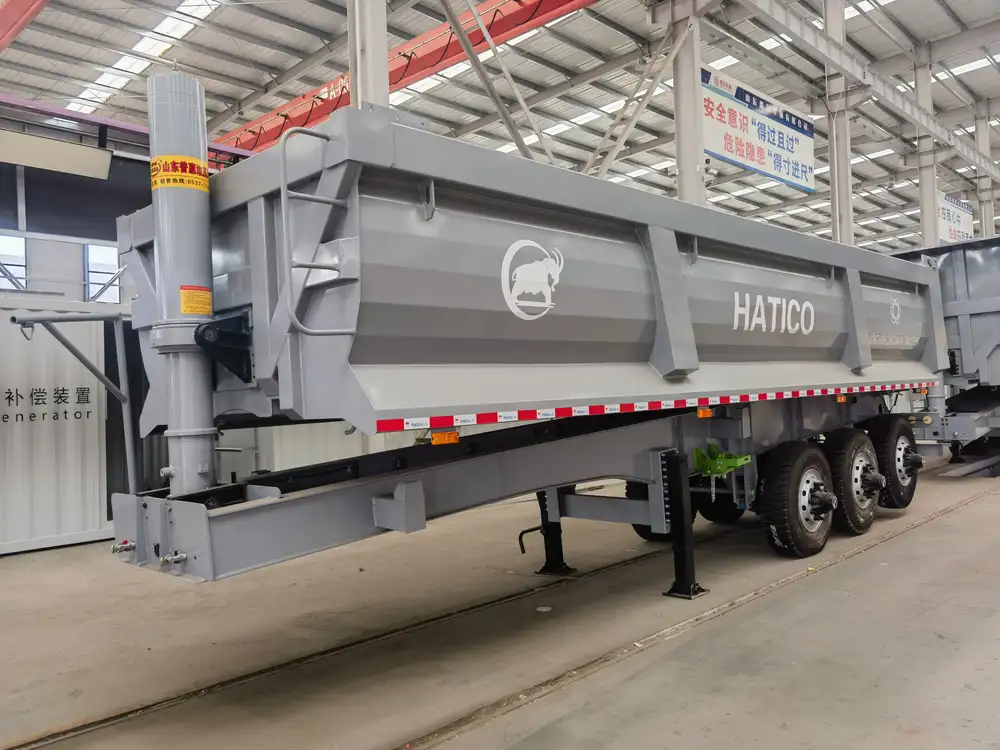
Determining Pump Size and Flow Rate
The size of the hydraulic pump is determined by several factors, including the weight of the trailer, the size of the cylinder, and the desired lift speed. To calculate the required flow rate, you can use the formula:
[ \text{Flow Rate (GPM)} = \frac{\text{Cylinder Area (in}^2) \times \text{Lift Speed (in/sec)}}{231} ]Where:
- Cylinder Area is calculated from diameter: [ \text{Area} = \frac{\pi \times \text{Diameter}^2}{4} ]
- Lift Speed is how quickly you want the trailer to lift.
Selecting the right pump size ensures efficient operation without overloading the system.
Choosing the Hydraulic Fluid
Hydraulic fluid is pivotal for transfer efficiency, optimal performance, and longevity of the system components. The choice of hydraulic fluid is influenced by several factors:
- Viscosity: It should match the pump manufacturer’s specifications to maintain efficiency under varying temperature conditions.
- Additives: Anti-wear additives and rust inhibitors prolong pump and component life.
- Temperature Range: The fluid must operate effectively within the ambient temperature ranges it will encounter.
Recommended Oils
Here’s a comparison of commonly used hydraulic fluids:
| Fluid Type | Advantages | Disadvantages |
|---|---|---|
| Mineral Oil | Cost-effective, widely available. | Can degrade at high temps. |
| Biodegradable Oil | Eco-friendly, suitable for sensitive environments. | Often more expensive. |
| Water-based Fluids | Non-flammable, low viscosity issues. | Less efficient at high pressures. |
Regular maintenance of hydraulic fluid is critical. We recommend checking fluid levels and replacing it every 1,000 hours of operation or annually, whichever comes first.
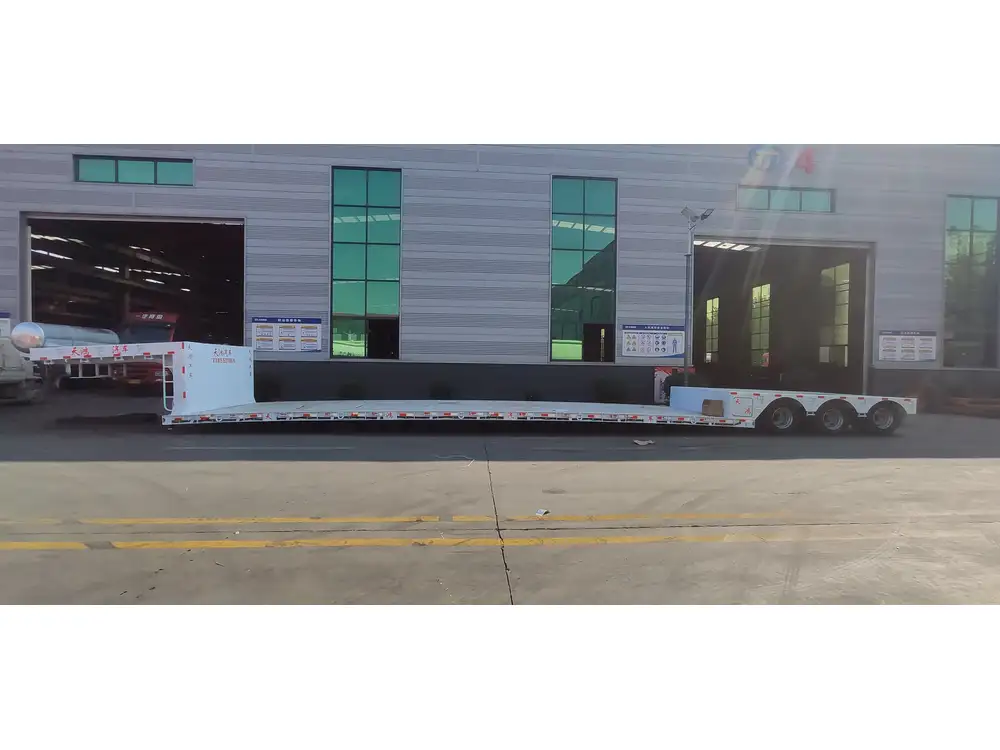
Setting Up Hydraulic Cylinders
Hydraulic cylinders serve as the primary lifting mechanism in dump trailers. Correct installation and maintenance are crucial for optimal performance and safety.
Installing the Cylinder
- Positioning: Proper positioning of the cylinder ensures balanced lifting. Hybrid designs should utilize telescopic cylinders for higher lifts.
- Mounting: Every bolt and fitting must be secure to prevent hydraulic leaks or malfunctions during operation.
- Connection: Ensure that your cylinder is correctly plumbed with quality hoses that prevent leakages and maintain pressure.
Specifications to Consider
When selecting hydraulic cylinders, keep the following specifications in mind:
- Bore Size: Larger bores facilitate greater lifting capability but require more fluid.
- Stroke Length: A longer stroke permits higher lifting heights but may complicate installation.
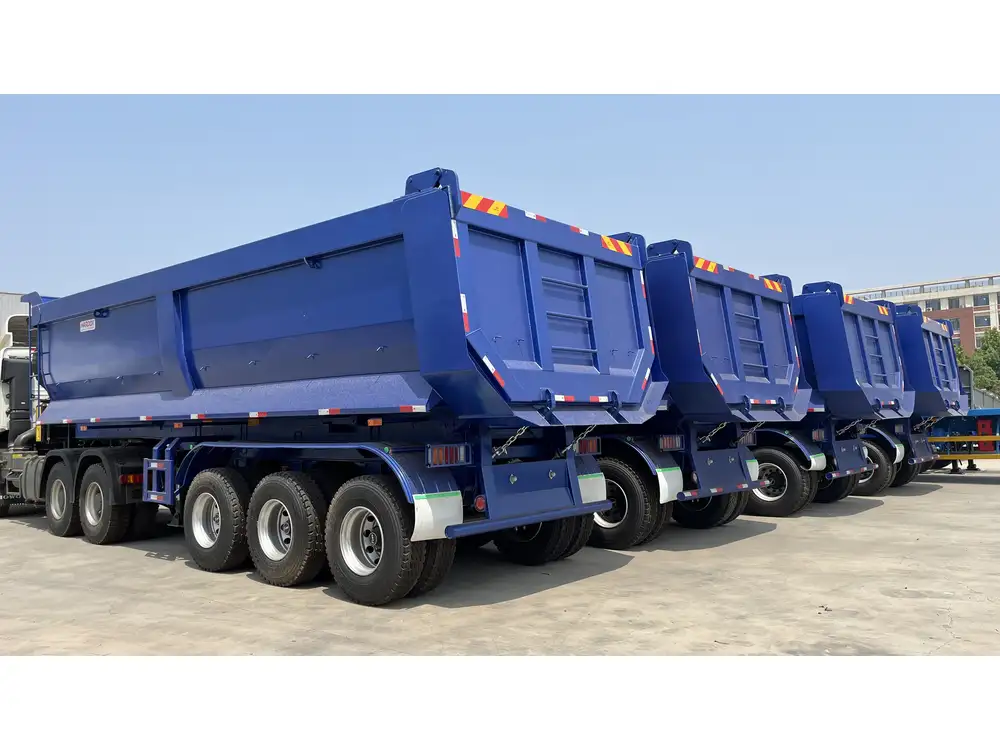
Control Valves: The Command Center
Control valves are vital for regulating fluid flow and provide operators with pivotal control over the dumping action. There are various types of valves:
Types of Control Valves
| Valve Type | Function | Recommended Use |
|---|---|---|
| Manual Valves | Operated manually for simplicity. | Basic applications. |
| Electrical Valves | Controlled via a switch for precision. | Advanced setups with automation. |
| Proportional Valves | Provide variable flow control based on input. | Hydraulic systems requiring accuracy. |
Installation and Testing
- Positioning: Install valves in a location accessible for easy operation while ensuring protection from debris and damage.
- Testing: Regularly test valve functionality to guarantee a seamless flow delivery during operation.
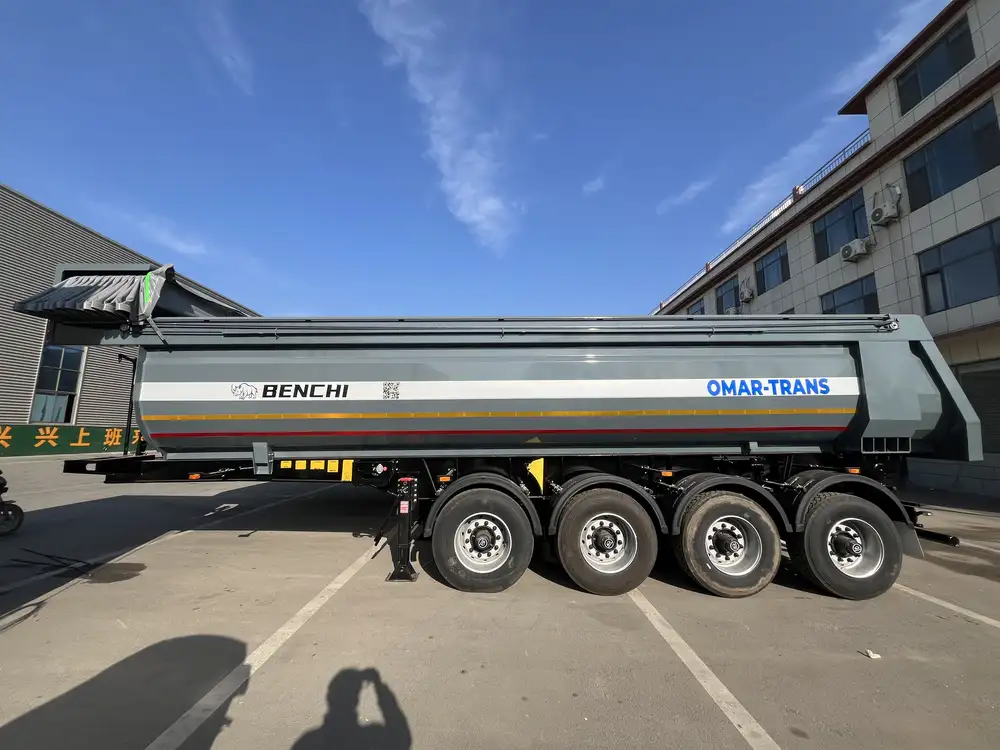
Maintenance Best Practices for Hydraulic Systems
Routine maintenance of hydraulic systems significantly extends their lifespan and efficiency. Regular inspections and timely interventions can save time and costs.
Recommended Maintenance Schedule
| Task | Frequency |
|---|---|
| Fluid Level Checks | Daily/Weekly |
| Filter Replacement | Every 500 operating hours |
| Visual Inspections | Monthly |
| Hydraulic System Flush | Annually or every 1000 hours |
Signs of Common Problems
- Fluid Leaks: Inspect all connections and hoses regularly.
- Unusual Noises: Grinding or whining could indicate air in the system or low fluid levels.
- Erratic Movement: This could suggest issues with control valves or cylinders.
Prompt attention to these signs ensures you avoid more significant damage and costly repairs.
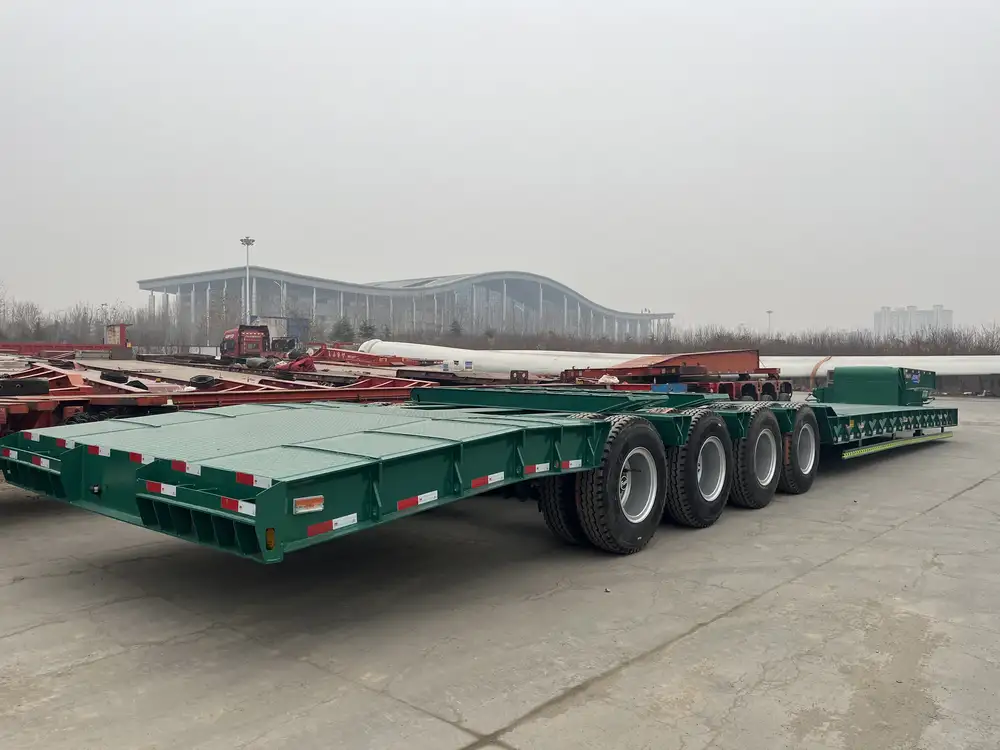
Troubleshooting Common Hydraulic Issues
Even with the best maintenance practices, hydraulic systems may present problems. Here’s a structured approach to diagnosing common hydraulic issues:
Issue: Slow Cylinder Movement
- Potential Causes:
- Low hydraulic fluid level.
- Blocked filters.
- Malfunctioning pump.
Issue: Unresponsive Control Valves
- Potential Causes:
- Electrical failures in the solenoid.
- Contaminated hydraulic fluid.
- Damaged seals or internal components.
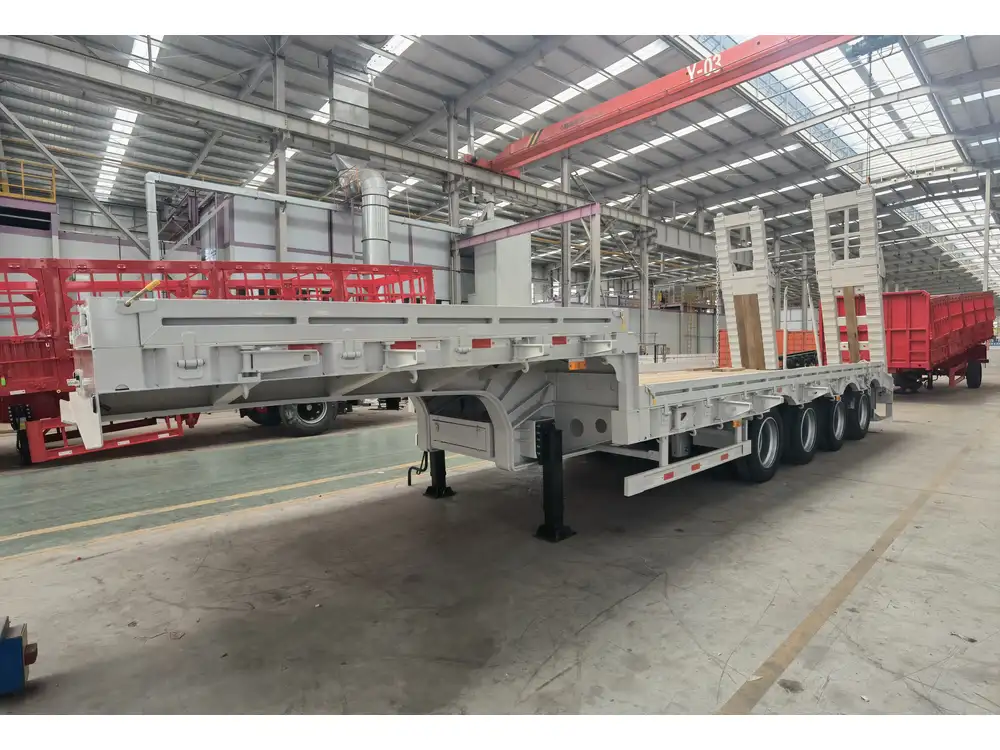
Checking Sequence
- Visual Inspection: Start with a thorough visual inspection for leaks or irregularities.
- Fluid Check: Measure and replenish hydraulic fluid as necessary.
- Filter Replacement: Examine and replace filters to prevent fluid blockages.
- Electrical Diagnostics: Ensure all electrical components are functioning correctly.
Safety Measures
Operating a dump trailer equipped with hydraulic systems demands strict adherence to safety protocols. Here are essential safety guidelines:
- Ensure proper training: Only trained operators should handle hydraulic systems.
- Regular safety checks: Frequent checks on the integrity of hydraulic hoses, cylinders, and connections can save lives.
- Load limits: Always adhere to the manufacturer’s guidelines regarding weight limits and load distribution.
Conclusion
Harnessing the potential of hydraulic systems on dump trailers hinges on understanding the nuances of setup, maintenance, and troubleshooting. With intentional selection of components, diligent maintenance, and awareness of safety protocols, we can ensure optimal performance and reliability day in, day out. Your investment in quality hydraulic systems and practices translates into efficiency, reduced downtime, and increased productivity in your operations.



